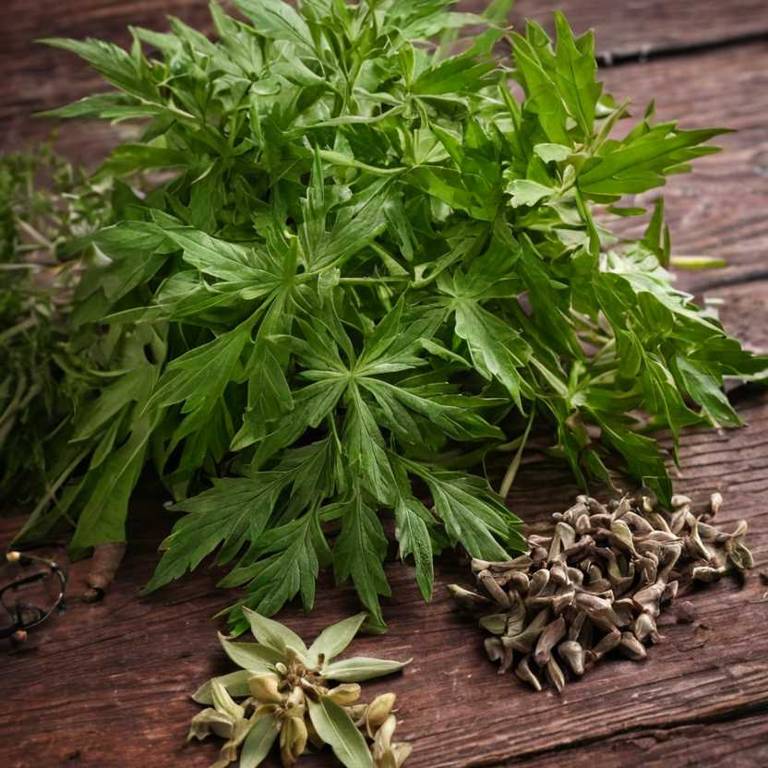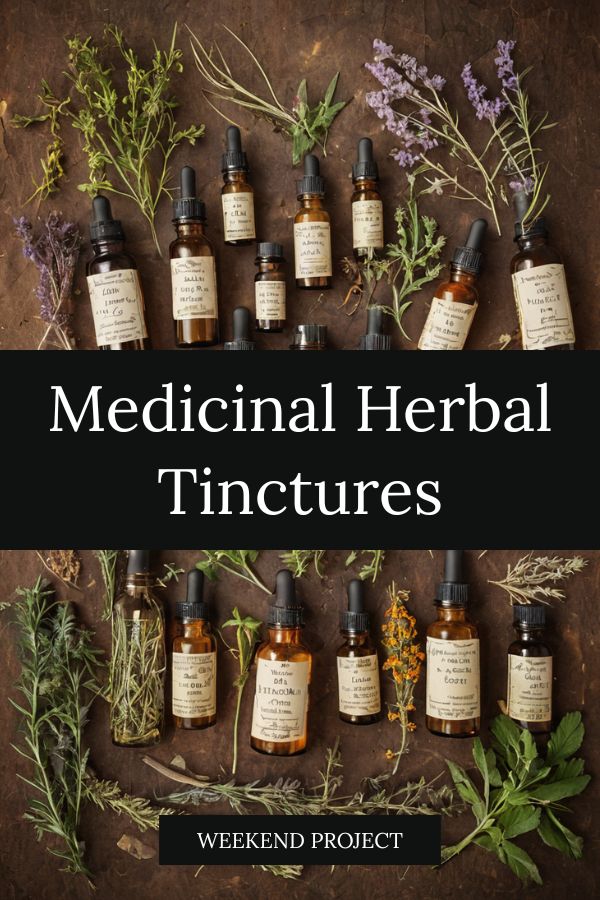Rhubarb (Rheum Palmatum)
Information Reliability Score: 5/10
This score reflects the overall reliability of the information presented in this article. It is based on the quality of scientific evidence, accuracy of sources, and the transparency of references related to Rheum palmatum.

Rhubarb, scientifically known as Rheum palmatum, is a medicinal herb with a long history of use in traditional medicine and as a spice.
It is renowned for its high content of anthraquinones, which are rare active compounds with potent laxative and anti-inflammatory properties. Traditionally, it has been used in Chinese medicine to treat digestive issues, constipation, and skin conditions, and it holds cultural significance in various Asian countries. In modern wellness practices, rhubarb is valued for its ability to support gut health and detoxification, often incorporated into herbal formulations and dietary supplements.
Its distinctive tart flavor and historical use as a natural remedy make it a unique and versatile plant in both traditional and contemporary health applications.
FREE COURSE
How to make medicinal herbl tinctures for common ailments at home and in a weekend (using the Healing Drop System).

Table of Contents
Scientific and Botanical Profile
Rhubarb, with botanical name Rheum palmatum, is a member of the Rheaceae family and is commonly known by various names such as Common Rhubarb, Chinese Rhubarb, Red-Root, and Pie Plant.
Native to regions including the Eastern Himalayas, China, Russia, Korea, Japan, Central Asia, Eastern Europe, and Mongolia, this plant is widely cultivated for its edible stalks and medicinal properties. Morphologically, it is a perennial herb characterized by large, palmately lobed leaves that can grow up to 1 meter in length, and thick, fleshy roots that are typically red in color. The plant is also referred to as Garden Rhubarb, Common Rum, Curled Dock, and Yellow Dock, reflecting its diverse regional and common names.
Its rhubarb root has been traditionally used in both culinary and medicinal applications across various cultures.
History and Cultural Relevance
Rhubarb was used by ancient civilizations such as the Chinese, Greeks, and Romans for its medicinal and culinary properties, with its roots dating back over 2,000 years.
In traditional Chinese medicine, it has been valued for its ability to detoxify the body and treat digestive ailments, while the ancient Greeks used it to treat fevers and skin conditions. Culturally, rhubarb has played a role in various rituals and folk traditions, including its use in medieval European festivals and as a symbol of prosperity in some Asian cultures. Today, its dried root is still used in herbal remedies to alleviate constipation and promote digestive health, reflecting its enduring relevance in alternative medicine.
This versatile plant continues to bridge historical practices with modern wellness, highlighting its deep cultural and medicinal significance across the world.
Chemical Composition and Nutritional Profile
Rhubarb contains a variety of bioactive compounds, including alkaloids such as rhein and chrysophanic acid, flavonoids like emodin and quercetin, and terpenes that contribute to its medicinal properties.
It is also rich in dietary fiber, vitamins such as vitamin K, vitamin C, and several B-complex vitamins, as well as essential minerals like potassium, calcium, and magnesium. The plant's high antioxidant content helps neutralize free radicals, reducing oxidative stress and inflammation in the body. These compounds work synergistically to support digestive health, promote detoxification, and may have anti-inflammatory and antimicrobial effects.
Overall, rhubarb's chemical composition and nutritional profile make it a valuable plant for both culinary and medicinal purposes.
Medicinal Properties and Health Benefits
Rheum palmatum has been traditionally used in herbal medicine for its potent anti-inflammatory and detoxifying properties, primarily due to its high concentration of anthraquinone compounds.
It is particularly beneficial for the digestive system, helping to alleviate constipation and promote regular bowel movements, while also supporting liver function by aiding in the detoxification process. Unlike similar herbs such as senna or aloe vera, rheum palmatum offers a more sustained and gentle laxative effect, making it suitable for long-term use without causing dependency. Additionally, its ability to reduce inflammation in the respiratory and urinary systems makes it a valuable remedy for conditions like bronchitis and urinary tract infections.
Overall, rheum palmatum stands out for its comprehensive health benefits and unique advantages over other herbal laxatives.
Discover the 10 best health benefits of Rhubarb.
Forms, Preparation and Usage
Rheum palmatum has been traditionally used in herbal medicine for its anti-inflammatory and detoxifying properties, and it is available in various forms such as fresh root, dried root, tincture, powder, essential oil, and capsule.
To prepare it, it can be made into a tea by steeping the dried root in hot water, or a decoction can be made by boiling the root for a longer period. It can also be used topically as a poultice or in a salve for skin conditions. The recommended dosage for adults is typically 1-2 grams of dried root per cup of tea, while children should only use it under medical supervision if deemed safe.
It is advised to use rheum palmatum sparingly, with a short duration of treatment to avoid potential toxicity, and to consult a healthcare professional before prolonged use.
Safety, Side Effects and Contraindications
Rheum palmatum can be used medicinally for its anti-inflammatory and detoxifying properties, but it must be used with caution due to its potential toxicity.
Common side effects include gastrointestinal upset, nausea, vomiting, and diarrhea, while more severe reactions may involve liver damage or kidney issues. It should not be taken with other hepatotoxic herbs or drugs, as it may increase the risk of liver injury. Pregnant and breastfeeding women should avoid rheum palmatum due to potential harm to the fetus or infant, and individuals with chronic liver or kidney disease should consult a healthcare provider before use.
To ensure safety, always use rheum palmatum under medical supervision, follow recommended dosages, and discontinue use if adverse effects occur.
Growing, Harvesting and Storage
Rheum palmatum grows best in well-drained, loamy soil that is rich in organic matter and slightly acidic to neutral in pH, with full sun to partial shade for optimal growth.
It requires consistent moisture, especially during the growing season, but should not be overwatered to avoid root rot. Regular weeding and mulching help control weeds and retain soil moisture, while periodic fertilization with a balanced fertilizer supports vigorous growth. Harvesting occurs in late summer to early fall when the leaves are fully mature, and the best method involves cutting the entire plant at the base, ensuring the rhizome is fully developed for maximum medicinal potency.
After harvesting, the rhizome should be cleaned, cut into small pieces, and dried in a shaded, well-ventilated area to preserve its active compounds, then stored in airtight containers in a cool, dry place to maintain potency and prevent degradation.